3D Printing - FDM - Desktop Printer
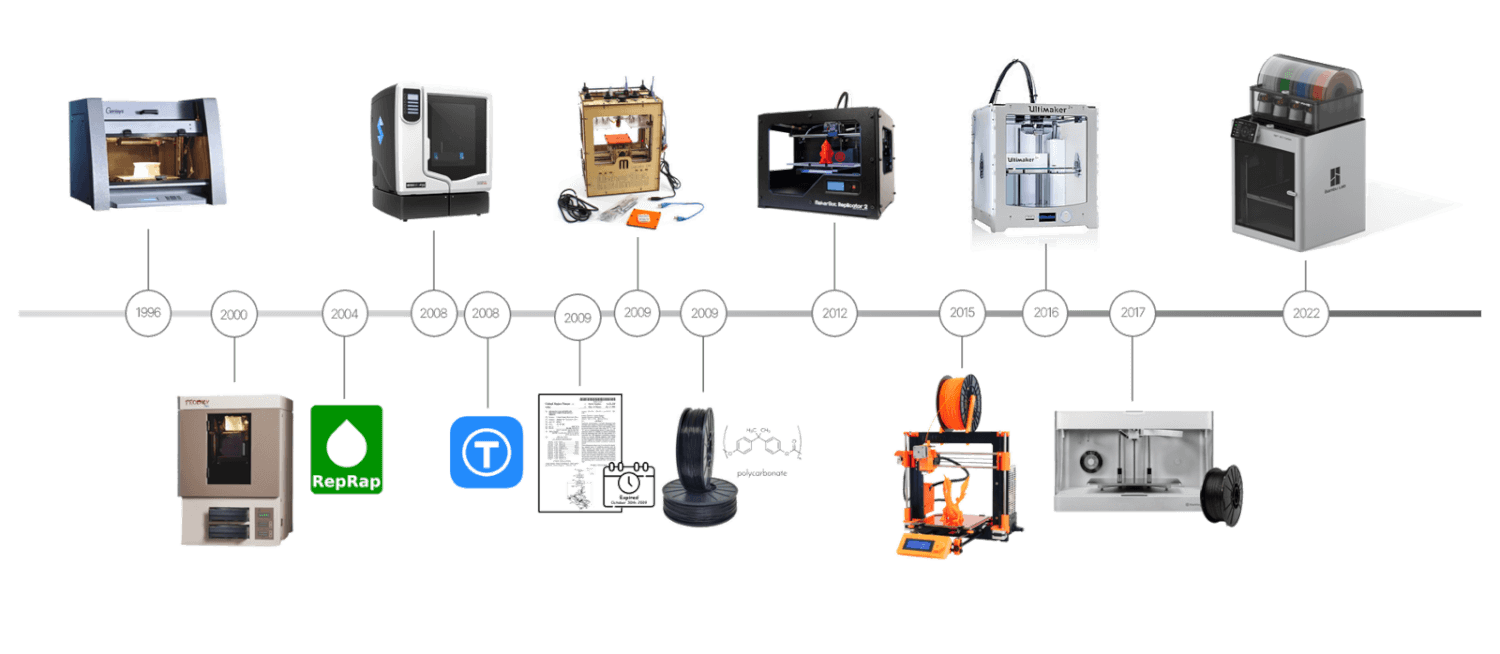
Expertise
Convergence of events
Emergence of a solution
The term “3D Printing” was introduced to the public in 1983 by Charles Hull, the founder of 3D Systems Corporation. Since then, the technologies linked to this definition have increased tenfold and are now an integral part of the product development process. The most accessible technology to date is FDM (fused deposition modeling) printing. This is due to a convergence of distinct events concentrated around 2009:
- Scott Crump’s FDM Patent Expired
- Bringing a low-cost FDM printer to market
- The emergence of 3D printing services
- A new platform bringing together 3D models designed ready to be printed
- A diverse offering of free and user friendly 3D modeling software
Scott Crump’s patent is the very foundation of the Stratasys company. This patent, filed in 1989, consisted of what is essentially a modern FDM printer in its general concept: molten wire deposition positioned by a XYZ gantry. From the patent comes a first product called “3D Modeler”. In 1993, Stratasys marketed its second product: the Benchtop FDM 1500, a 3D printer for the office.
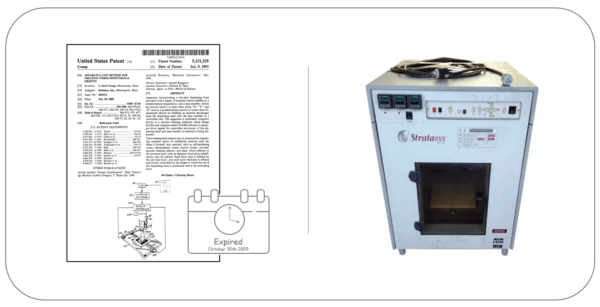
When the patent expired in 2009, MakerBot made an FDM 3D printer available by targeting technology enthusiasts and hobbyists by developing a machine at minimal cost. Until now, the price of access to this technology has greatly restricted availability.
MakerBot is the first company to market a product inspired by the RepRap project started in 2004, which aimed to replicate machines by printing parts from other similar machines. The second product launched by MakerBot will also be called the Replicator.
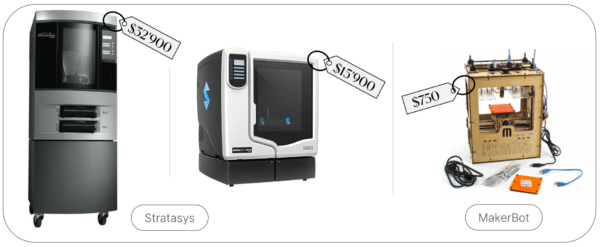
At the same time, Thingiverse went online in 2008. This initiative, launched in collaboration with MakerBot, is a website hosting “open-source” 3D models designed by users of the platform.
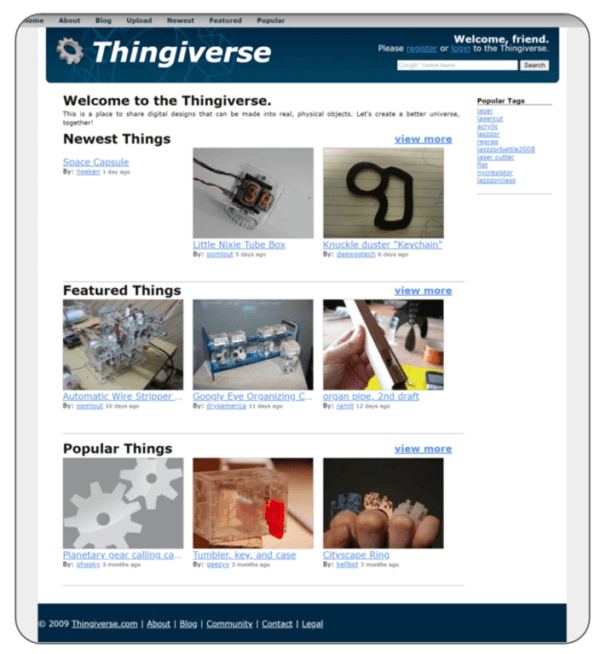
In the same years, dozens of service companies emerged, demonstrating the increasing demand for prototyped parts.
Here are some from the time:
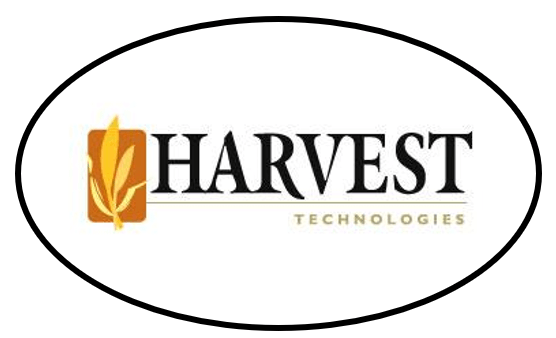
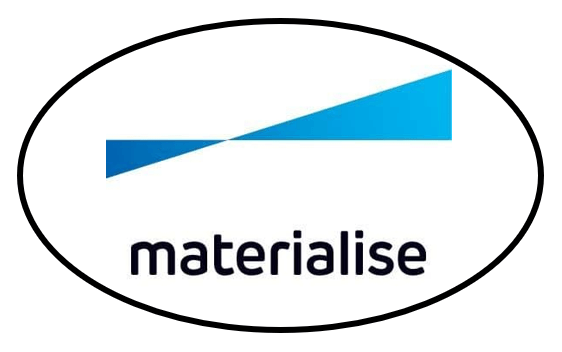
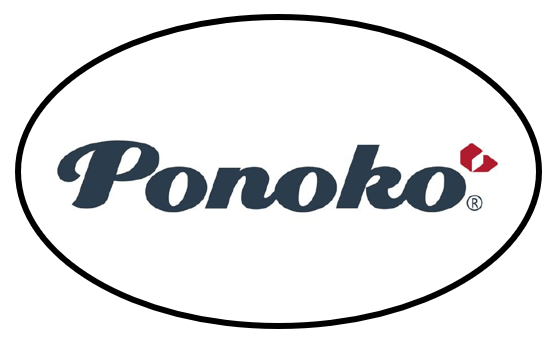
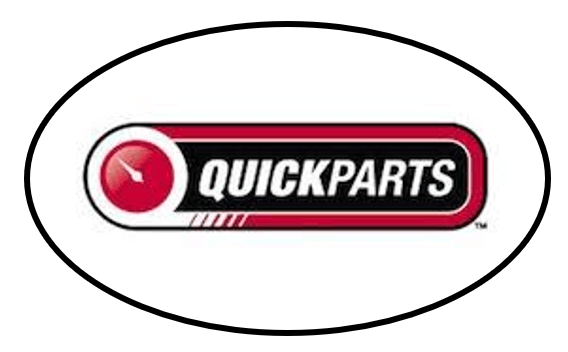
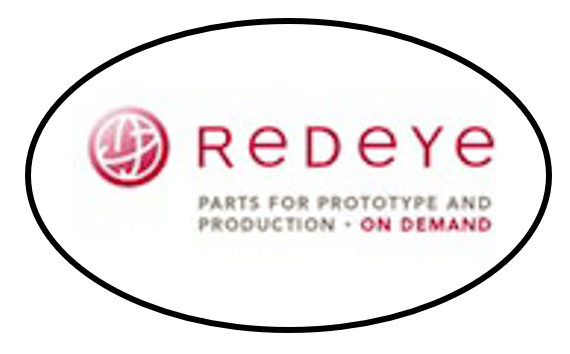
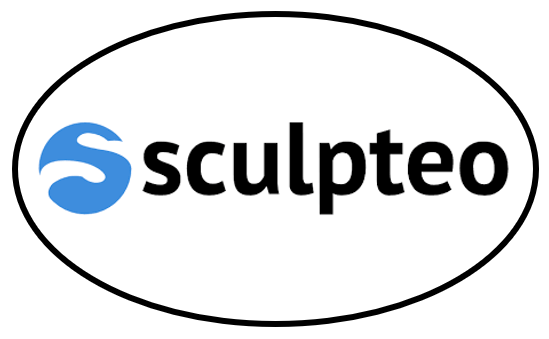


CAD Software also sees its technology progressed with more user-friendly interfaces
Several free modeling software are available in 2009. Their use is increasingly intuitive.
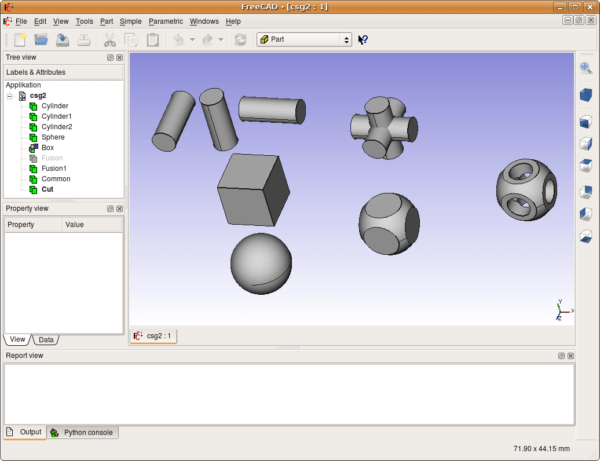
The most commonly used free software these days are FreeCAD and Fusion360. Some users also use Shapeways.
In 2009, professional software already has an advanced interface. This software allows you to create complex and interactive mechanisms simply and quickly.
Here is the SolidWorks interface already in 2009:
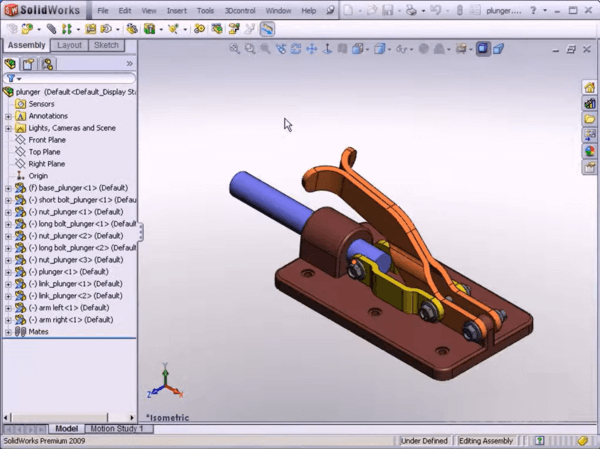
From Stratasys to MakerBot,
the market was ready for an intermediate range:
The Prosumer range
The term Prosumer defines equipment tending towards professional quality at a lower price tag.
The new revolution in FDM is the arrival of a Prosumer range which takes a good part of the market in 2018. With prices starting at $4,000 USD, we find these machines increasingly present in companies of all sizes. Their impact is considerable: a prototype can be printed in a few days and used for a good number of validations. Important players in 2018 include Ultimaker, Raise3D and Markedforged.
Ultimaker 3 Extended launched in 2017 ($4,295 USD)
• Build volume: 215 x 215 x 300 mm
• Layer resolution: Up to 20 microns
• Print speed: Up to 24 mm³/s
• Filament diameter: 2.85 mm
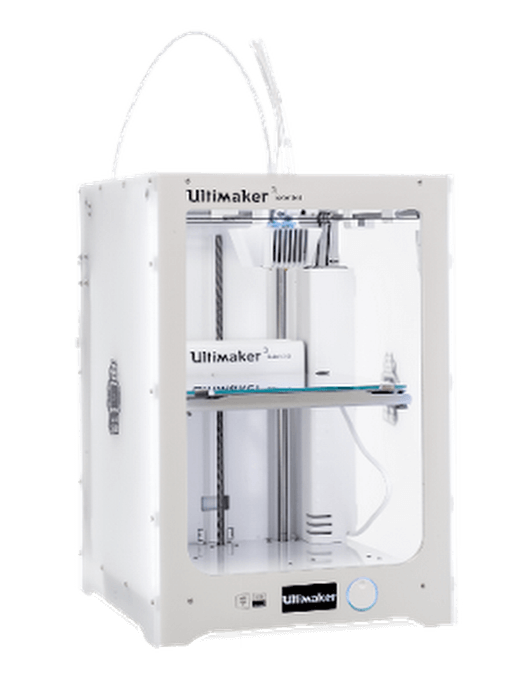
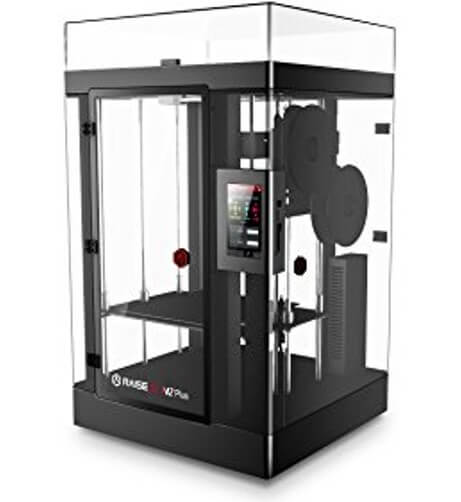
Raise3D N2 Plus launched in 2016 ($4,000 USD)
• Build volume: 305 x 305 x 610 mm
• Layer resolution: Up to 10 microns
• Print speed: Up to 150 mm/s
• Filament diameter: 1.75 mm
Markforged Onyx One launched in 2017 ($3,500 USD)
• Build volume: 320 x 132 x 154 mm
• Layer resolution: Up to 100 microns
• Print speed: Up to 100 mm/s
• Filament diameter: 1.75 mm (Onyx: PA-CF)
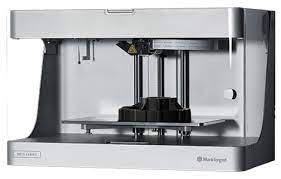
It was Bambu Lab’s turn to change the course of the market with its Kickstarter campaign, raising more than 7 million US dollars

“[Bambu Lab are] the closest to hitting the mark of 3D printing as Tool not as a Hobby.”
– Angus Deveson, Maker’s Muse
Introduced to the market in 2022, the Bambu Lab X1-Carbon, a printer specifically designed for the Prosumer market, has once again altered the base price of this range of printers while reducing production time for parts.
Here is a table comparing two well-known 3D printers in the Prosumer range with the Bambu Lab X1:
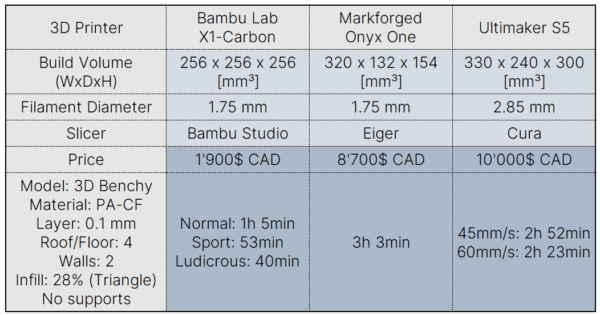
Driven by a passionate team of tech enthusiasts, Innovation M2 acquired two Bambu Lab X1-Carbon following its official release in early 2023. This printer complements our set of tools dedicated to prototyping, offering the ability to iterate quickly to validate a concept, smartly equip ourselves, or produce a low-cost part
Among the materials marketed by Bambu Lab, there are:
- PAHT-CF
- PETG-CF
- PET-CF
- PLA-CF
- ABS
- PC
- TPU 95A
- PLA Tough
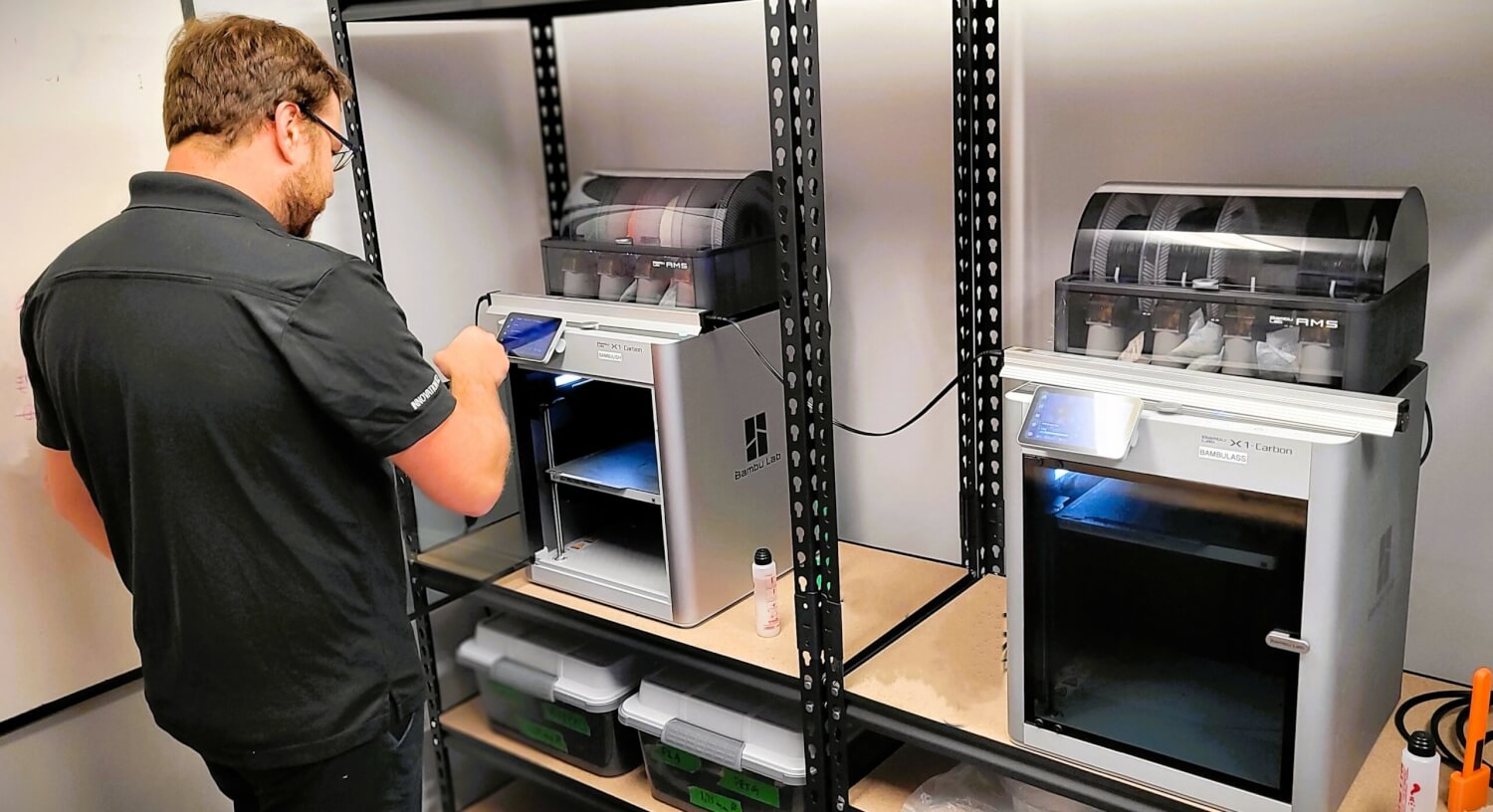
Future of the Prosumer 3D printer
Innovation by expired patent
Although this machine currently stands out for its low acquisition cost and enhanced speed, new advancements are always on the horizon.
Indeed, another significant patent from Stratasys (US6722872B1) expired in February 2021. This patent, primarily governing heated enclosures, enables the reliable and convenient printing of engineering materials such as ULTEM and PEEK.
With the expiration of this patent, one can envision a printer like Bambu Lab offering these kinds of materials as a standard option to everyone at a lower cost.
A revisited form of the FDM printer
The typical form of FDM printers is the Cartesian form, which is an XYZ axis system. The three axes are independently controlled by stepper motors. The second most popular system in the world of 3D printing is the Delta. This model is based on a triangular axis system composed of three arms of the same length.

A new form takes inspiration from previous geometries to create a new design opportunity. Indeed, this new type of printer, called a ‘belt printer,’ enables the printing of an ‘infinite’ length piece. The print head is positioned at a 45-degree angle to the print surface, and this print surface unrolls to increase the available length. The new printer offering this technology, as of the time of writing the article, is the Creality CR-30.
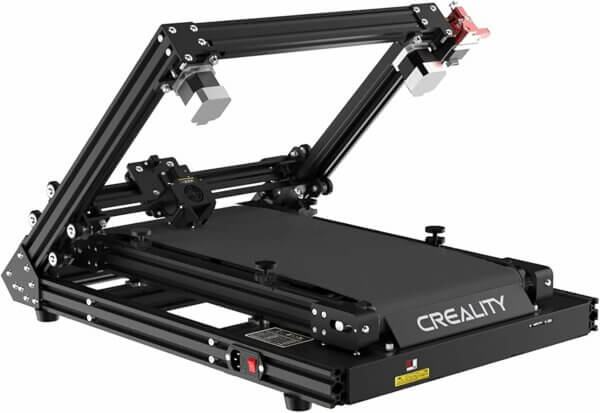
Disclaimers
The comments in this article are given to the best of Innovation M2’s knowledge. Please consult our disclaimers to understand the scope of the words in this article.
To learn more about the various materials available
-
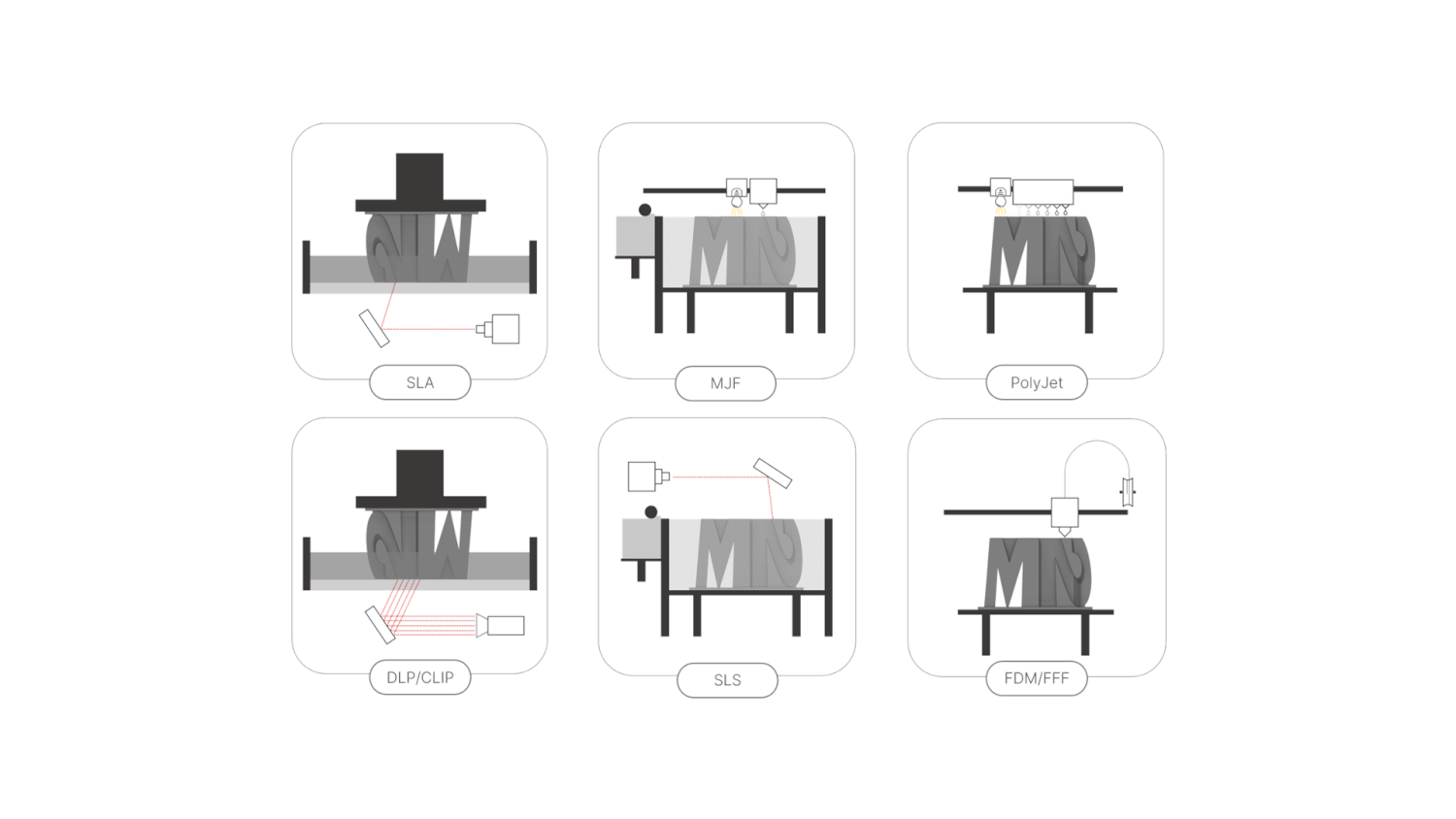
3D Printing - Variety of processes
There are a good number of 3D printing technologies available on the market. Understanding their working principles and discerning their differences allows you to choose the right process according to the needs of the application.
2023Expertise -
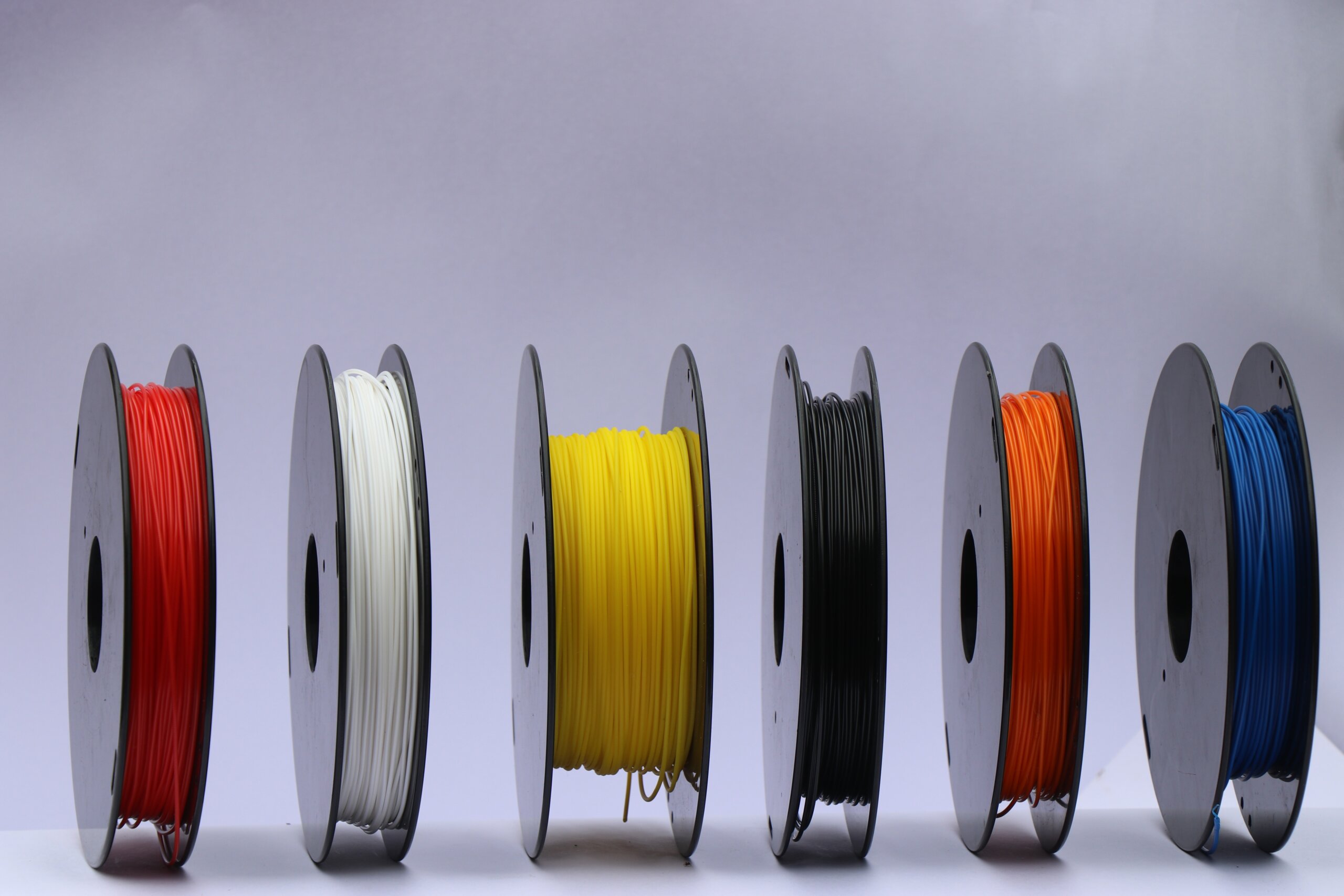
3D Printing - FDM - Filament Choice
Since the launch of the first 3D printer by Stratasys, only offering, at the time, ABS as a printing material, the plastic filament market has grown to now offer dozens of different materials. This expanded offering gives many opportunities and each filament can have its advantages and downsides depending on the purpose of the produced part. This article presents some filaments and their characteristics.
2023Expertise